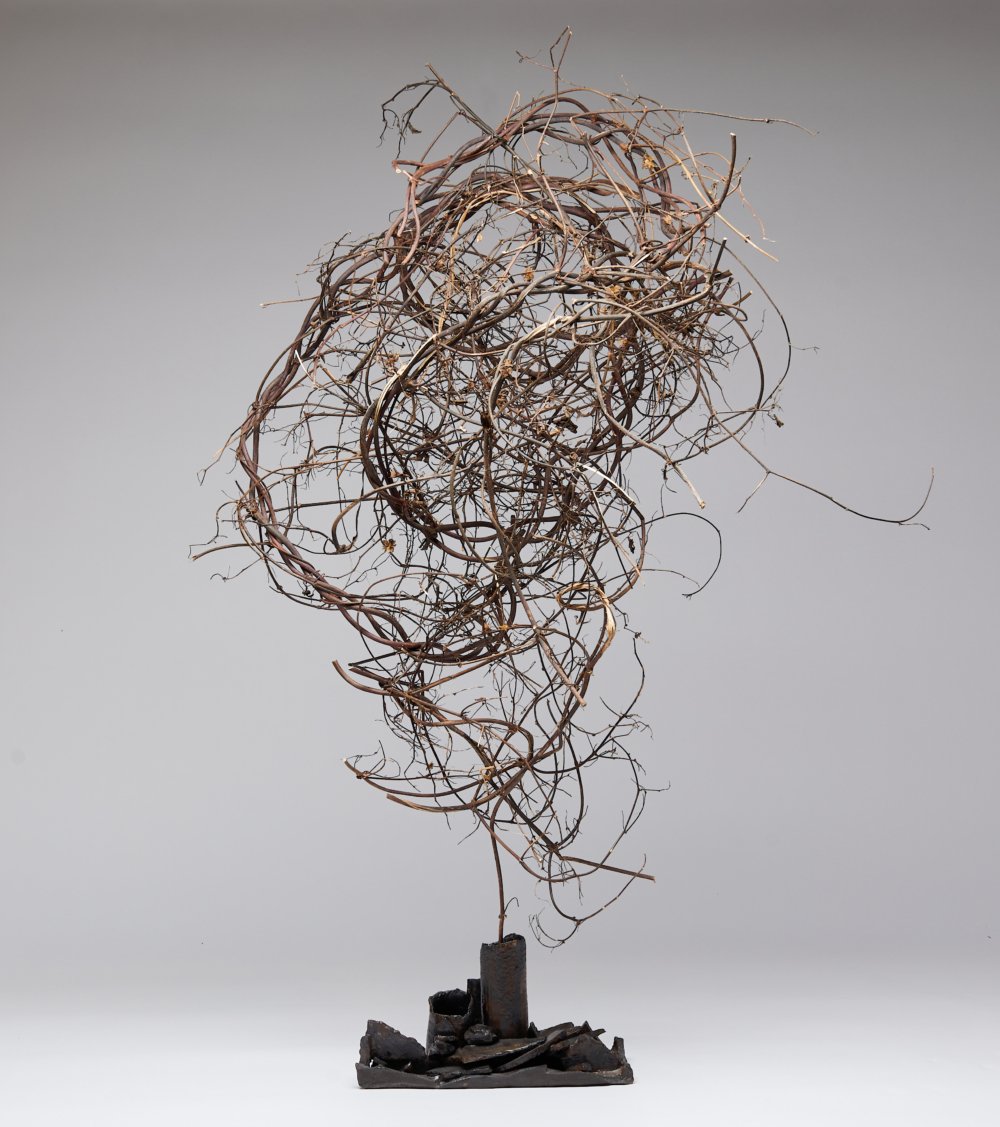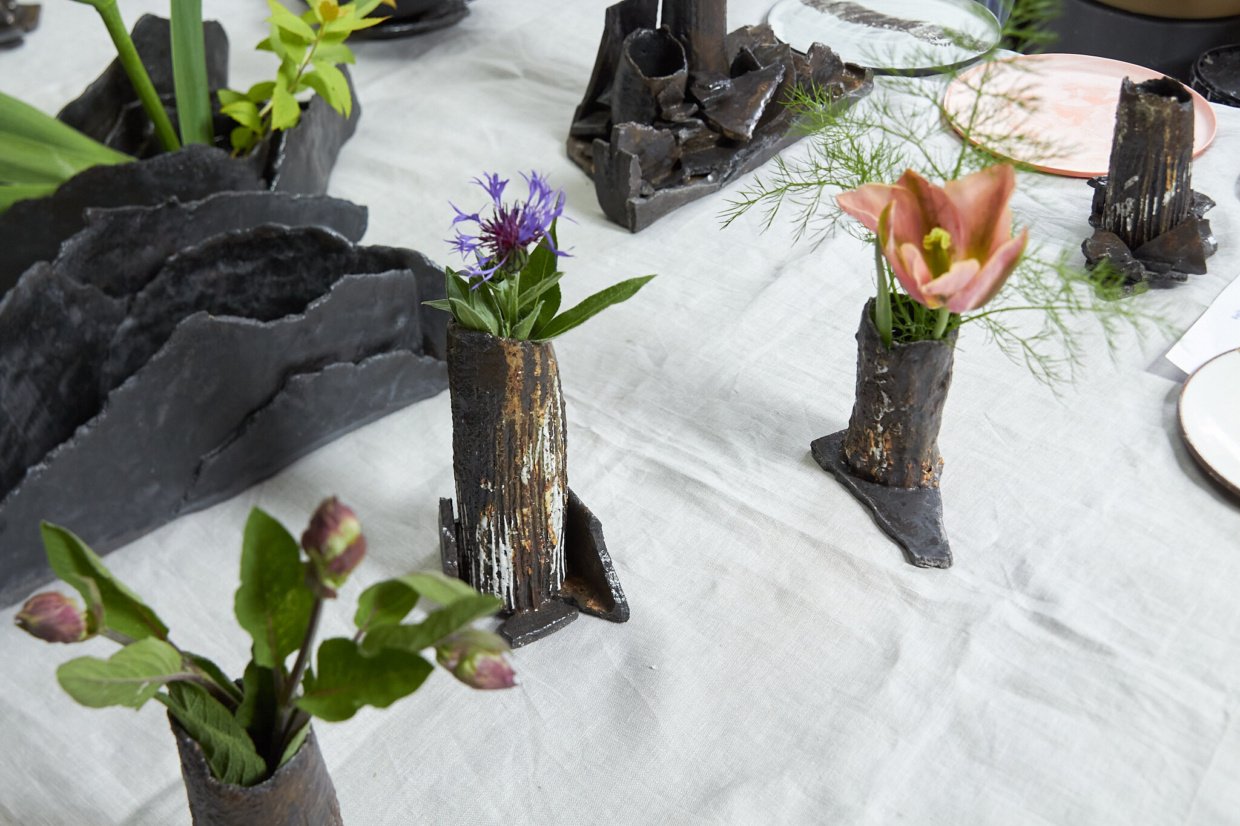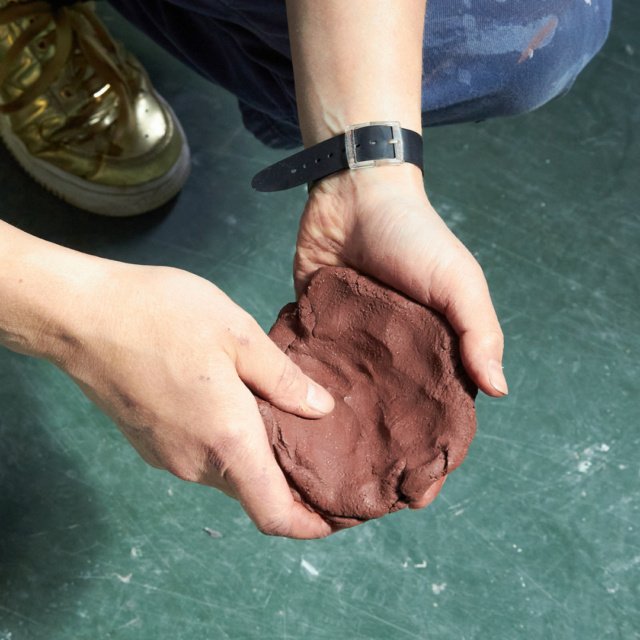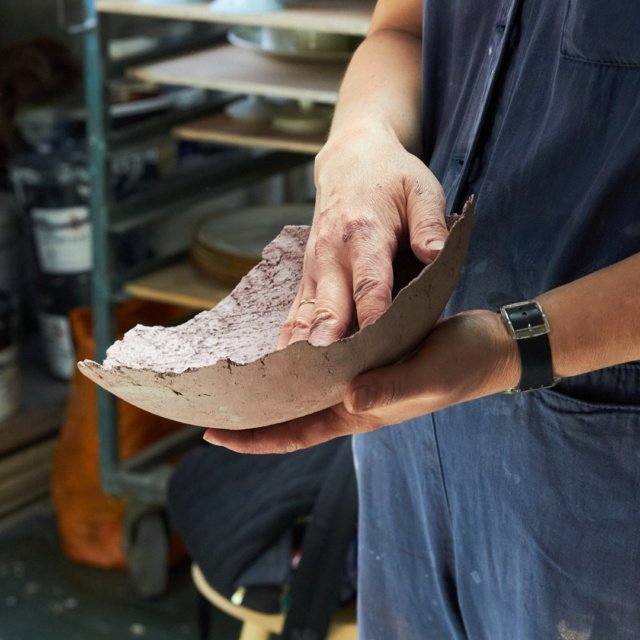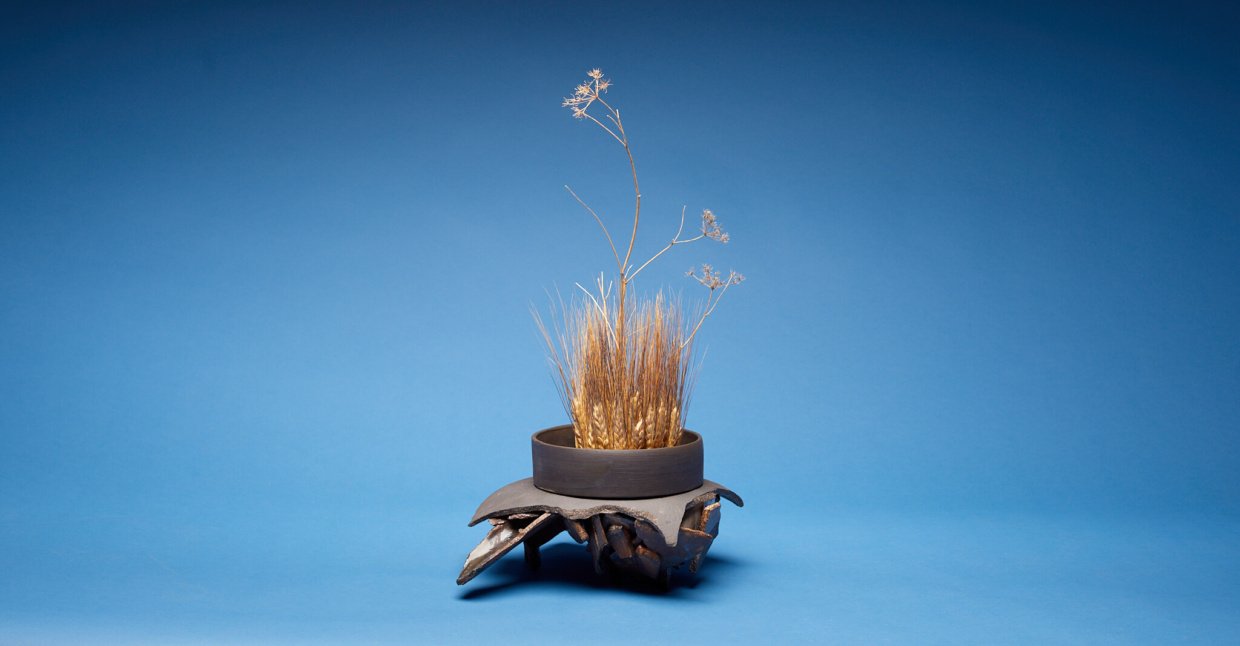LFS X Reiko Kaneko: Beauty In The Broken
When London Flower School contacted me to commission some ikebana vessels around the theme of kintsugi, my life, like many others, had been broken by the COVID-19 pandemic. The community and connections I had built through my work were shattered. Structural flaws in “the system” were exposed for all to see.
LFS Creative Director, Marzena Joseph, read my blog All That is Broken is Not Lost and recognised a message that could ease these global difficulties. When she invited me into her world of people, ideas, and connections, she also helped to ease my own. Lives are not made of ceramic, but they can still break. And, like ceramic, they can be mended.
The cracks and fissures that we are left with weave around our souls, dressing them in gold. Nothing that is truly unique will conform to superficial or conventional standards of beauty. Instead, what is unique becomes beautiful in a more sophisticated way. An authentic way that embraces the reality of lived experience.
In my admittedly limited experience of ikebana, the Japanese art of flower arranging, the focus seems to be on creating miniature iterations of the natural world. These arrangements contemplate nature, seasonality, and life cycles. My own fascination with cracks and fissures – nature’s ability to seep into manmade objects – was an obvious point of contact. When we look at the real world, we do not see perfect spheres, cubes and straight lines. We see pockmarked surfaces, broken forms, and uneven planes. This theme has motivated me since art school; working with London Flower School was the perfect excuse to explore it further.
I began the project by looking at tree bark-like forms. The texture of bark is a beautiful example of wabi-sabi, cracked and weathered with time and experience. However, I soon became disatisfied with mimicking nature.
Next, I started breaking up slabs of clay and joining them together to create functional vessels in ways that reminded me of the mountains of Bandai, which I visited often as a child.
Samples, tests, and failed pots piled up – it was important to me that these 'failures' were incorporated into the finished object, embodying the core principles of wabi-sabi that lie at the heart of kintsugi.
There are many 'Do' (the way of) studies in Japan: Judo (the way of gentleness), Kyudo (the way of the bow), Shodo (the way of the word). Lifelong learning, and awareness of the present, are important parts of this concept. In the West, the closest comparable principle may be 'trusting in the process'. With that in mind, I began bringing 'broken' shards together to create a functional ikebana vessel. I lost myself to the process, trusting my craft and, through it, myself.
I stand on the shoulders of all who have come before me, presenting my failures and my imperfections to the world. And, from them, I allow my hopes for the future to emerge.
The collection is now available to purchase on the LFS Shop.

